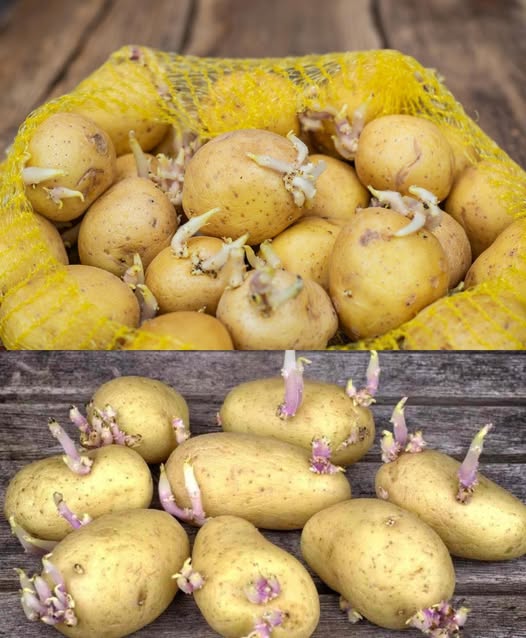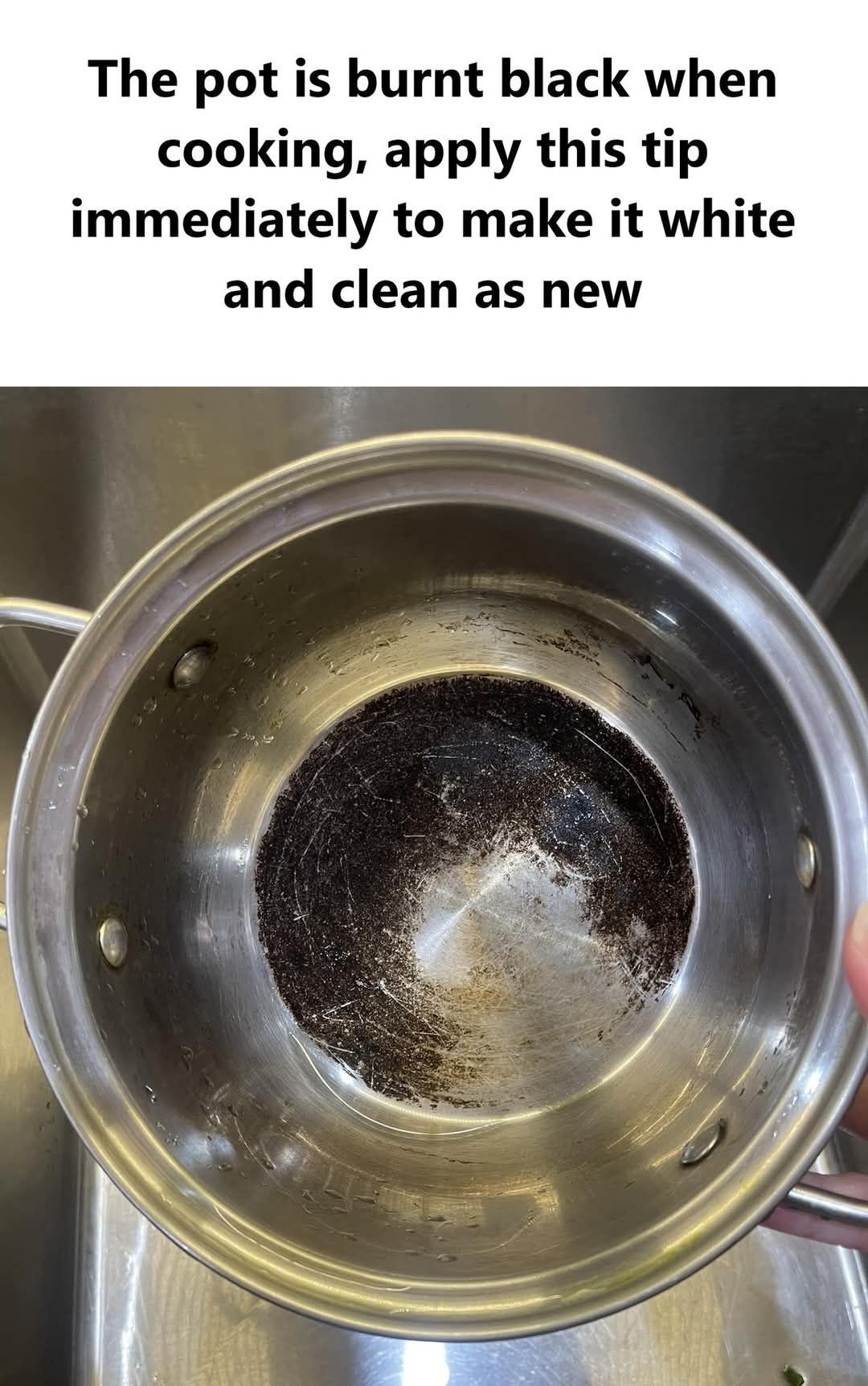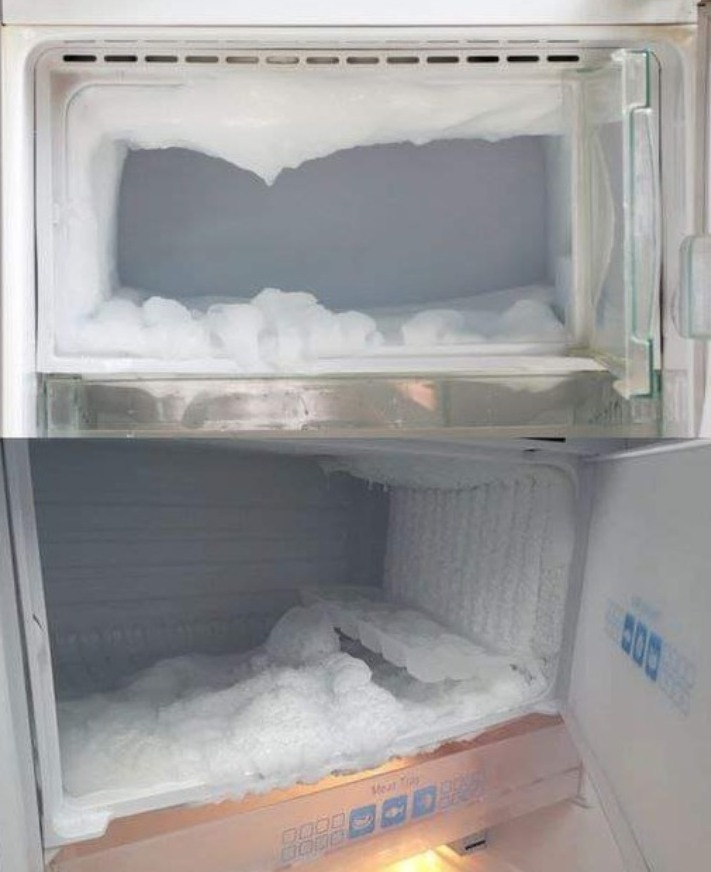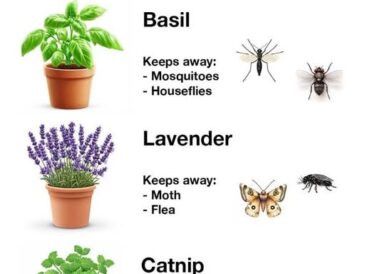Potatoes are a staple in many households due to their versatility, affordability, and ability to store for extended periods. However, it’s frustrating when, after buying a large bag of potatoes, you discover that some of them have begun to sprout weeks later. Sprouted potatoes not only lose their appeal but can also become unsafe to eat if left unchecked. Improper storage is often the culprit behind sprouting, but don’t worry—there are simple solutions to this problem that can keep your potatoes fresh longer. Here are three essential tips to help you store your potatoes in perfect condition!
Three Lesser-Known Tips for Storing Potatoes
1. Store Them in the Right Location
The way you store your potatoes plays a crucial role in their longevity. Improper storage can hasten sprouting, degrade their texture, and affect their taste. By storing your potatoes in an optimal environment, you can help prevent these issues and extend their shelf life.
Where should you store them?
- In a cool spot: The ideal temperature range for storing potatoes is between 4°C and 8°C (39°F and 46°F). A cool, dark cellar, garage, or pantry works best. These areas maintain a constant temperature and humidity level, keeping your potatoes fresh for longer.
- Away from light: Light exposure triggers the production of solanine, a naturally occurring toxic compound in potatoes, which causes them to turn green. This not only makes the potatoes unappetizing but also unsafe to eat in large amounts. To prevent this, store potatoes in an opaque box, or cover them with a cloth or towel to block out the light.
- In a dry, well-ventilated area: Excess moisture can cause potatoes to rot or develop mold. To avoid this, opt for storage containers like wooden boxes, baskets, or burlap bags, which allow for proper airflow and prevent moisture buildup.
Mistakes to avoid:
- Don’t store potatoes in the refrigerator: Although it may seem logical to keep potatoes in the fridge to prolong freshness, doing so is counterproductive. The cold temperature of the fridge turns the starch in potatoes into sugar, which alters their flavor, making them overly sweet and grainy. It also changes their texture, making them less desirable for cooking.
2. Add an Apple to Slow Down Sprouting
Here’s a simple trick passed down through generations: place an apple in your potato storage. This age-old method works wonders, and it’s not a myth! Apples naturally emit ethylene gas, which is known to prevent the sprouting process in potatoes.
How to do it:
- Place one or two apples in the middle of your potato storage container. This helps slow down the sprouting process, keeping your potatoes fresh for a longer period.
- Use a breathable container, such as a wooden box or a cloth sack, to allow air to circulate. This will also help keep the apples and potatoes from becoming moldy or rotten due to moisture.
- Remember to replace the apples every week or when they start to soften. This ensures that they continue to emit enough ethylene gas to maintain their effectiveness.
Bonus tip:
- Do not store potatoes and onions together: Although this combination may seem convenient, it’s a bad idea. Both potatoes and onions release gases that can accelerate the deterioration of each other. Storing them together could lead to quicker sprouting and spoilage, so it’s best to keep them in separate storage containers.
3. Regularly Check and Remove Sprouts
Even with the best storage conditions, it’s inevitable that some potatoes will begin to sprout over time. It’s essential to inspect your potatoes regularly and act quickly to remove any sprouts as soon as they appear.
What to do:
- Check your potatoes weekly: Make it a habit to inspect your potato stash every week for signs of sprouting. If you notice any potatoes with shoots, remove them immediately to prevent the spread of the sprouting process to other potatoes.
- Cut off the sprouts: If you catch the sprouting process early, you can simply cut the sprouts off with a knife. As long as the potato is firm and healthy, it should still be safe to eat once the sprouts are removed.
- Avoid shriveled, soft, or green potatoes: Potatoes that are wrinkled, soft, or have turned green contain a higher concentration of solanine. This naturally occurring toxin can cause symptoms like nausea, vomiting, diarrhea, and abdominal pain if consumed in large quantities. It’s best to discard potatoes that show these signs of deterioration.
How to manage solanine:
Solanine is a naturally occurring chemical in potatoes that serves as a defense mechanism against insects and disease. When potatoes are exposed to light or improperly stored, they produce more solanine, leading to a greenish tint on their skin. While small amounts of solanine are harmless, larger amounts can be toxic, so it’s important to discard potatoes that are green or have sprouted.
If you cut away the green or sprouted parts of the potato, the remaining flesh is often still safe to eat. However, it’s essential to err on the side of caution and not consume potatoes that are extensively sprouted or have a large green discoloration.
Summary of Best Practices
To ensure your potatoes stay fresh and free from sprouts, follow these essential tips:
- Store potatoes in a cool, dark, and dry place (ideal temperature: 4°C to 8°C).
- Use containers that allow for ventilation, such as wooden boxes, wicker baskets, or burlap sacks.
- Place a couple of apples with your potatoes to slow down the sprouting process (replace apples when they soften).
- Do not refrigerate potatoes, as the cold temperature will alter their flavor and texture.
- Check your potatoes regularly, removing any sprouting potatoes immediately.
- Cut off any sprouts and discard green or mushy potatoes, as they may contain harmful levels of solanine.
Bonus Tips for Potato Storage
In addition to the three main tips above, here are a few extra pointers to help extend the life of your potatoes:
- Avoid washing potatoes before storing them: While it’s tempting to wash your potatoes right after bringing them home, doing so introduces moisture that can promote rot. It’s best to keep potatoes unwashed until you’re ready to cook them. If you must wash them, make sure to dry them thoroughly before storing.
- Don’t store large quantities at once: If you buy a large bag of potatoes, consider portioning them into smaller containers. This allows for better airflow, reducing the risk of sprouting or rot. Smaller portions also make it easier to check each batch regularly.
- Don’t forget about old potatoes: If you find yourself with potatoes that are starting to go soft or sprouting, try using them quickly. Potatoes that are a bit past their prime can still be used in mashed potatoes, soups, or casseroles.
Conclusion
With the right care and attention, you can easily keep your potatoes fresh and sprout-free for weeks, if not months. By storing them in a cool, dark, and dry place, adding an apple to your potato stash, and regularly checking for sprouts, you’ll reduce waste and ensure that your potatoes are always ready for your next meal. Remember, with a little proactive effort, you can enjoy fresh, delicious potatoes without the frustration of dealing with sprouting or spoiling. So, go ahead and apply these tips to your own storage routine and enjoy your potatoes in perfect condition!





